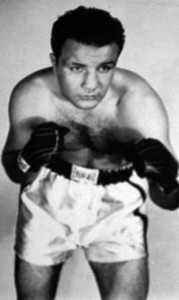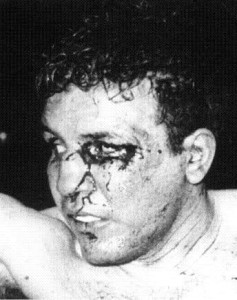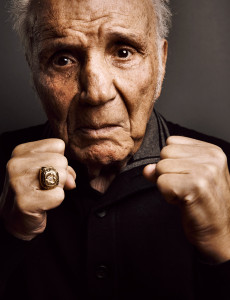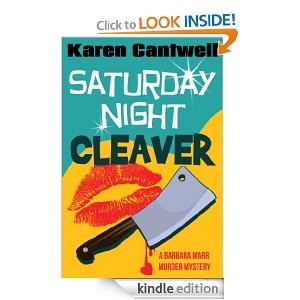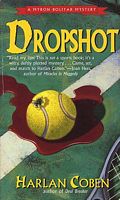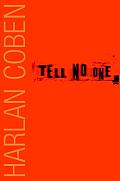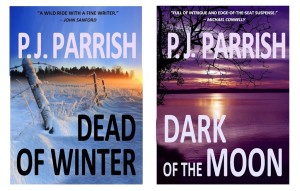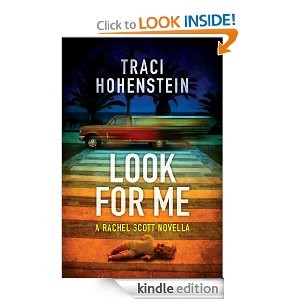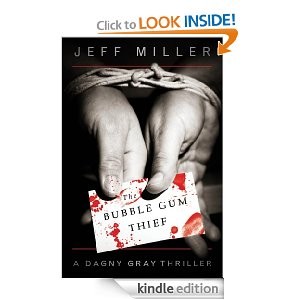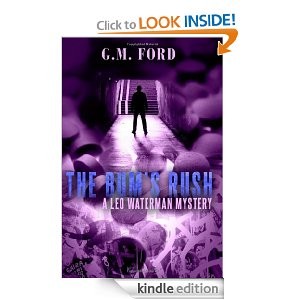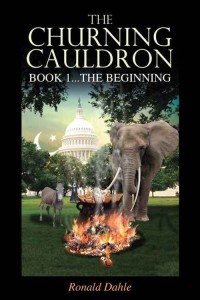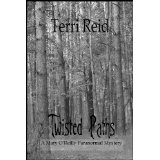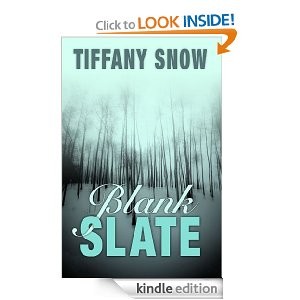Having done final, final, final edits for my agent on my latest novel (all smiles here on that front – and no small measure of relief!), I am focusing on a much needed update to my author website (very much overdue I fear!) but, horror of horrors, I’ve realized that the book world has altered so much since I set up my website, I am now at sea as to what changes I really should be making. Sure, I have all the obvious tabs: Author bio, appearances, book news, links to blogs, excerpts/readings and ‘what’s new’, but what I really need is to focus on what additional elements that truly add value to my readers (and yes, I also know I need to update my news/appearances too…)
As a reader I know I enjoy websites that are beautifully designed, visually appealing, easy to read (no weird fonts or jarring colors) and which offer lots of value added information that keep me coming back. That being said, it’s often hard to translate that into what is needed for your own website (and also, it’s a slippery slope, I don’t want to spend all my time writing website content rather than novels!).
So as I so often do, I am turning to you, the Kill Zone experts to find out what you think works/doesn’t work on author websites.
Here are some of the ideas/questions I am currently mulling over:
1. As I am venturing into YA territory should I have a separate tab for this on my current website or should I have an entirely different website designed – given that these are two separate genres?
2. How much ‘value added’ content is worthwhile including on a website. Given that I write historical fiction (for both my mysteries and YA books) does giving information on the period provide a useful value add or would links to other websites and resources be sufficient. It’s always hard to know just exactly how much information/effort an authors should give to what is essentially background information.
3. Are giveaways and competitions really worthwhile?
4. What about books trailers or videos?
5. Do you (as a reader) appreciate any other value added elements/information on an author website?
And finally, have you got an examples of what you think are truly first-class author websites or ones which just don’t meet the mark?
Monthly Archives: January 2013
Is Traditional Publishing the Raging Bull of Industry?
Why the Well Never Runs Dry
Reader Friday: Awards, or “Do They Really Like Me?”
Events, Schmevents: aka “Yes, we’re open to suggestions”
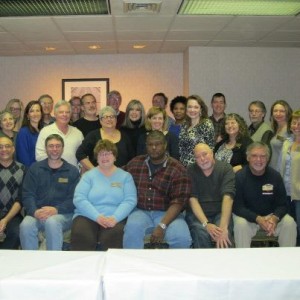 |
| The Illustrious MWA Board |
As of last weekend, I’m the newly minted president of the Northern California MWA chapter (please, hold your applause). On the plus side, I was privileged to spend a few days in New York with such luminaries as Charlaine Harris, Greg Herren, Bill Cameron, Harley Jane Kozak, and Jess Lourey; aka, the current MWA board.
However, I also suddenly find myself in charge of organizing between 6-8 events this year that will appeal to both crime fiction writers and fans of their work. And let’s just say that all things considered, I’m not much of a planner. Heck, I never even plot out my books.
So frankly, I’m at a bit of a loss. I spent the past few days trying to remember all the local MWA meetings that I’ve attended–and honestly, only a few stick out in my mind (which is probably my fault. I also have a lot of difficulty remembering my parents’ birthdays, and when the cat’s teeth are supposed to be brushed. Which lately has turned out to be: pretty much never. Sorry, Mr. Slippers. I’m sure that someday soon they’ll invent feline dentures.)
 |
Ted Kaczynski |
The most memorable meeting for me happened a few years ago, when a retired FBI agent who had been on the Unabomber case from the beginning outlined the entire manhunt for us in the world’s most dramatic and fascinating Powerpoint presentation. In the end, he was also one of the three agents who entered the cabin to arrest Ted Kaczynski. His talk went on for hours, yet I could have sat through it all over again immediately after it ended.
We’ve also done “State of the Industry” panels, featuring an agent, librarian, editor, and bookseller. They always offer frank (and occasionally terrifying) insights into…you guessed it…the state of the publishing industry. That will be a repeat this year for sure.
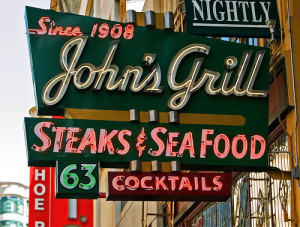 |
| DO NOT eat here. Seriously. |
I’d like to shake things up a bit, though. Maybe have some “field trip” meetings–I have an in with the SFPD Bomb Squad, so possibly a tour of their facility. Or a trip to the morgue (which ironically, former chapter meetings almost sent me to, twice. For years we held meetings at John’s Grill, which has a really cool Maltese Falcon display, and a really terrible kitchen. I contracted food poisoning not once, but twice, during chapter luncheons. And the second time I had only consumed coffee. I still cringe when I remember their club sandwich.)
But who better to ask than the vast community of mystery readers and writers here? In the interest of that, I’m turning the matter over to you. What are the most memorable local mystery events you’ve attended, author appearances aside? And what kind of dream events do you wish your chapter would hold? (within reason, of course. I’m pretty sure my budget won’t allow for a Bruce Springsteen performance, or anything in that range). Ideally, I want to achieve a balance, so that they’re not all focused on the writing craft. I’d also like to continue avoiding food poisoning, if possible.
Reading Fiction in Schools
Nancy J. Cohen
Recently I heard that the new core curriculum in schools is going to require 70% of reading assignments be based on non-fiction. I don’t know if this is true or not, as a quick search didn’t provide me with any further information. Nor do I know the grade level for which this would apply. However, it’s a scary thought.
Schools have already stopped requiring students from learning cursive writing. Now they are discarding literature as well?
I’ve always felt education should include popular fiction, in addition to the classics. Let kids choose fun and entertaining books to read, and you might create long-term fans. After all, the commercial fiction of today could become the classics of tomorrow. And look what Harry Potter did for kids’ reading habits. Thanks to that series, a whole generation might have been hooked on reading novels. We need more successes like this one if we are to inspire children to read.
Rather than a wordy tome or dry biography, give them a ghost story or vampire tale or a mystery. Engage their senses with wonder like we were engaged reading Nancy Drew or the Hardy Boys. Otherwise, where’s the fun? And if an activity isn’t fun for kids, then it’s competing with online sites, games, movies and TV shows that provide easier entertainment.
Having children read a work of fiction and then analyze its components can encourage creative and analytic thinking. Without this benefit, will human imagination still range to other stars, to lands far away, and to adventures beyond the mundane? Or will these same imaginations be stifled because works of fiction were denied them, and they were forced to read boring texts that killed their interest in reading?
So is this true, and if so, how do you feel about it?
You CAN tell an eBook by its cover
By P.J. Parrish
If you hire someone, please don’t abdicate your power! Because YOU have final say on your cover and if your instincts say “it doesn’t quite work” go back to your artist and get a redo. I recently saw an author lament on a writer’s list that she “half-heartedly approved” her cover because it “sort of conveyed the idea of the book and it was sort of okay.” She added it was too late before she noticed her name was so small and pale as to be unreadable. I looked at the cover. It’s clean, it’s professional looking, but it has no pop.
That author won’t get a second chance to make a good first impression.
I can hear you saying, “Huh, why should I listen to her?” Well, my professional resume on this is kinda thin. I’ve got a degree in art which included ad design classes, and I once made my living designing newspaper feature pages. And full disclaimer, my sister Kelly has a side business designing covers. But more important, I’ve studied this in preparation for our own eBook debuts. (Our backlist title DEAD OF WINTER came out last month and our novella CLAW BACK comes out this week. CLICK HERE to see them).
KEEP IT SIMPLE BUT STRONG: What works on a regular book cover usually doesn’t translate to eBook. One word: thumbnail. That’s the size your book comes up on most eBook lists. A paperback cover is about 64 square inches, a big canvas to display an image, title, author name and maybe a tagline and blurb. But an eBook cover is really just an icon, meant to be judged in the blink of an eye. So intricate detail, slender san-serif fonts, murky colors can put you at a disadvantage. Subtle isn’t always good in the Lilliputian world of e-bookstores.
Use a limited font palate. Yes, you can combine different typefaces on a cover, but be careful. Again, they must be readable and complementary. Here’s a good basic article on FONT SELECTION. And I realize that this is probably inside baseball, but it you don’t know about kerning, weight and how to align type, please hire someone who does.
GRAPHIC ELEMENT: You can use either a photograph or an illustration but make sure it is quality. There’s are some great sites for buying stock art and photos, some free. I read recently that publishers are using more people on crime novels because research indicates character-driven books are selling better of late. So we are getting more of this
And less of this
But those examples also say something about TONE. Lisa Scottoline has moved away from her old lawyer series (Killer Smile) and now writes “family-in-jeopardy” crime novels. Likewise, you must find the right image for your mood. Other stuff: Don’t use the artwork of a relative unless your relative is a professional. Don’t photo-shop too many elements in an effort to convey EVERYTHING about your plot. This works:
Have Gun? Won’t Travel.
Publishing and Marketing Your Crap
James Scott Bell
@jamesscottbell
Thriller Epiphanies
by Mark Alpert
A few years ago I traveled with my family on a cruise ship that passed through the Panama Canal. It was fascinating to watch the canal employees board the boat and guide it into the locks. My favorite moment came at dinnertime, when we saw the canal officers deliver meals to the employees on our boat by dangling the Styrofoam containers from the tow ropes. Ingenious!
Because the locks for the Pacific-bound boats are parallel to those for the Caribbean-bound shipping, we got an up-close view of a Panamax freighter traveling in the opposite direction. They’re called Panamax ships because they’re built to the maximum size that the canal can handle. The width of the boat is just a few feet less than the width of the lock. The canal employees tie the freighter to “mule” locomotives that run on both sides of the lock and very carefully pull the ship into the giant “bathtub.” The hull passes so close to the bathtub’s concrete walls, you can almost hear it scraping.
While observing this process, I glimpsed an indentation in one of the concrete walls. It was a vertical notch, maybe three feet wide and a couple of feet deep, with a steel ladder running up the length of it. I supposed it was there for safety reasons; if someone fell into the bathtub, he could swim to the ladder and climb out. Then I imagined what would happen if someone was clinging to that ladder while a Panamax freighter slid into the lock, its barnacle-crusted hull passing just inches from his nose. That would be a cool scene, I thought. Somehow or other, I have to put it into one of my books.
It took a while but I finally managed to do it. The scene appears in my next thriller, Extinction, which comes out in a few weeks. I’m betting that all thriller writers have epiphanies like these, when you imagine a terrible peril and instead of saying to yourself, “Oh stop, you’re being morbid,” you resolve to write about it. Am I right or wrong?

